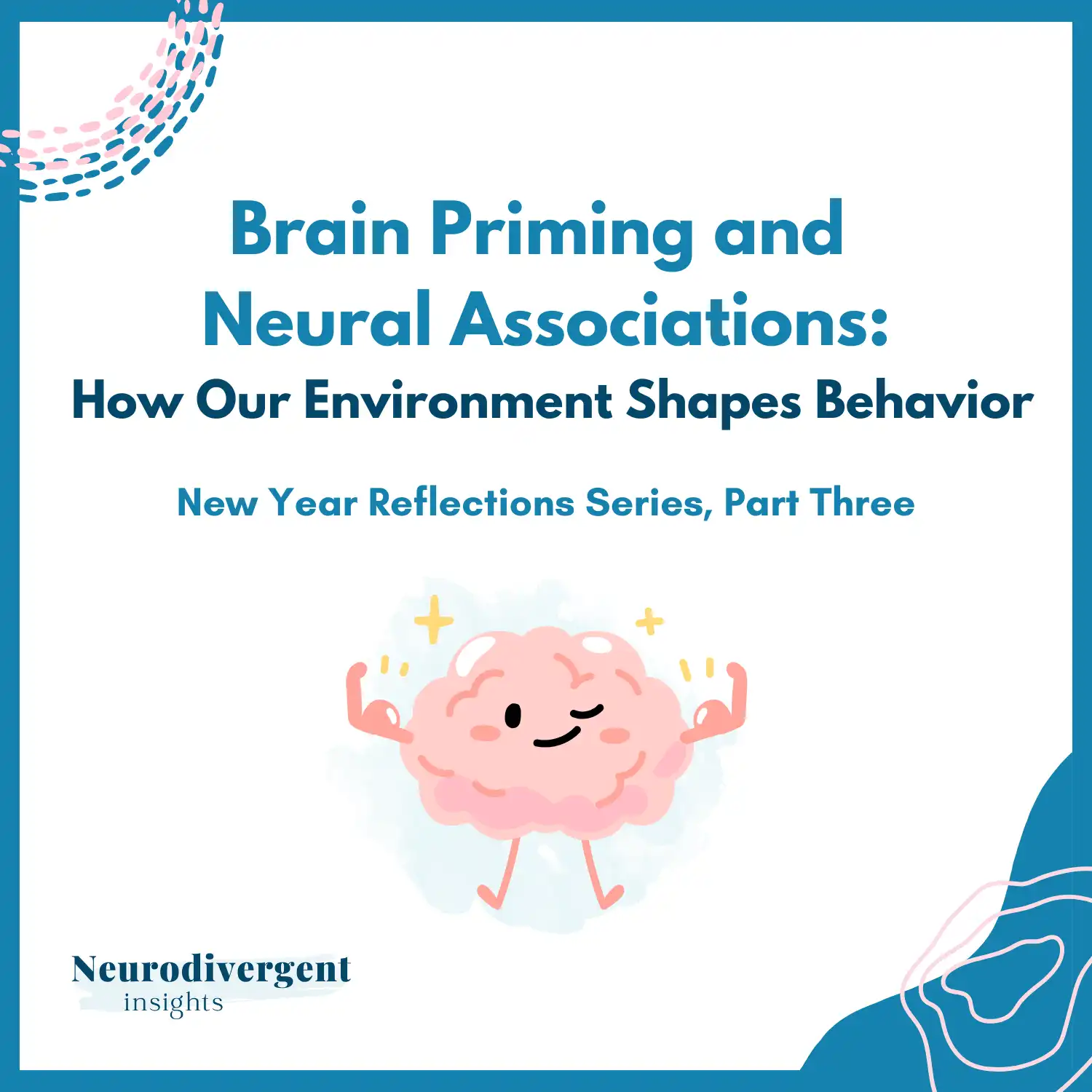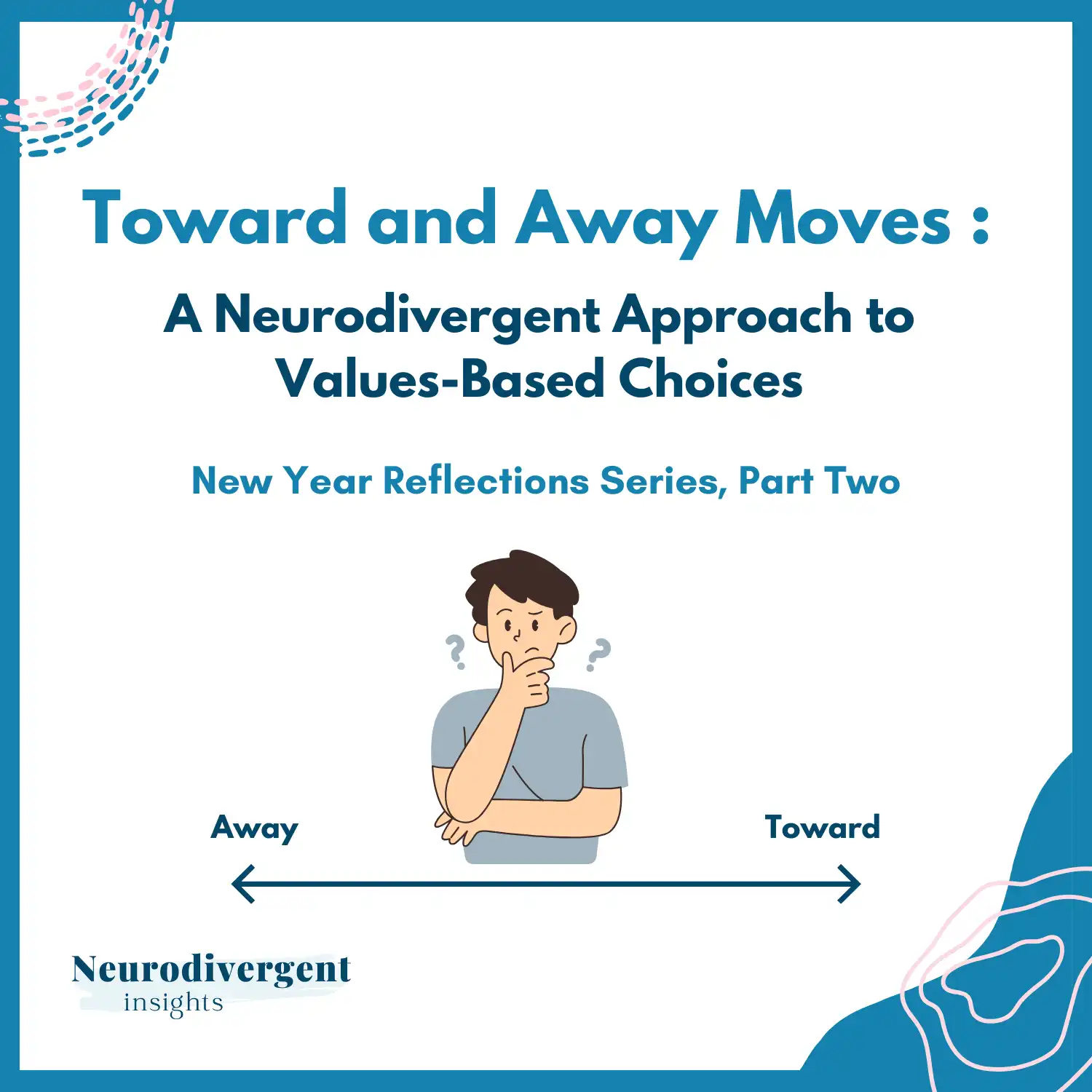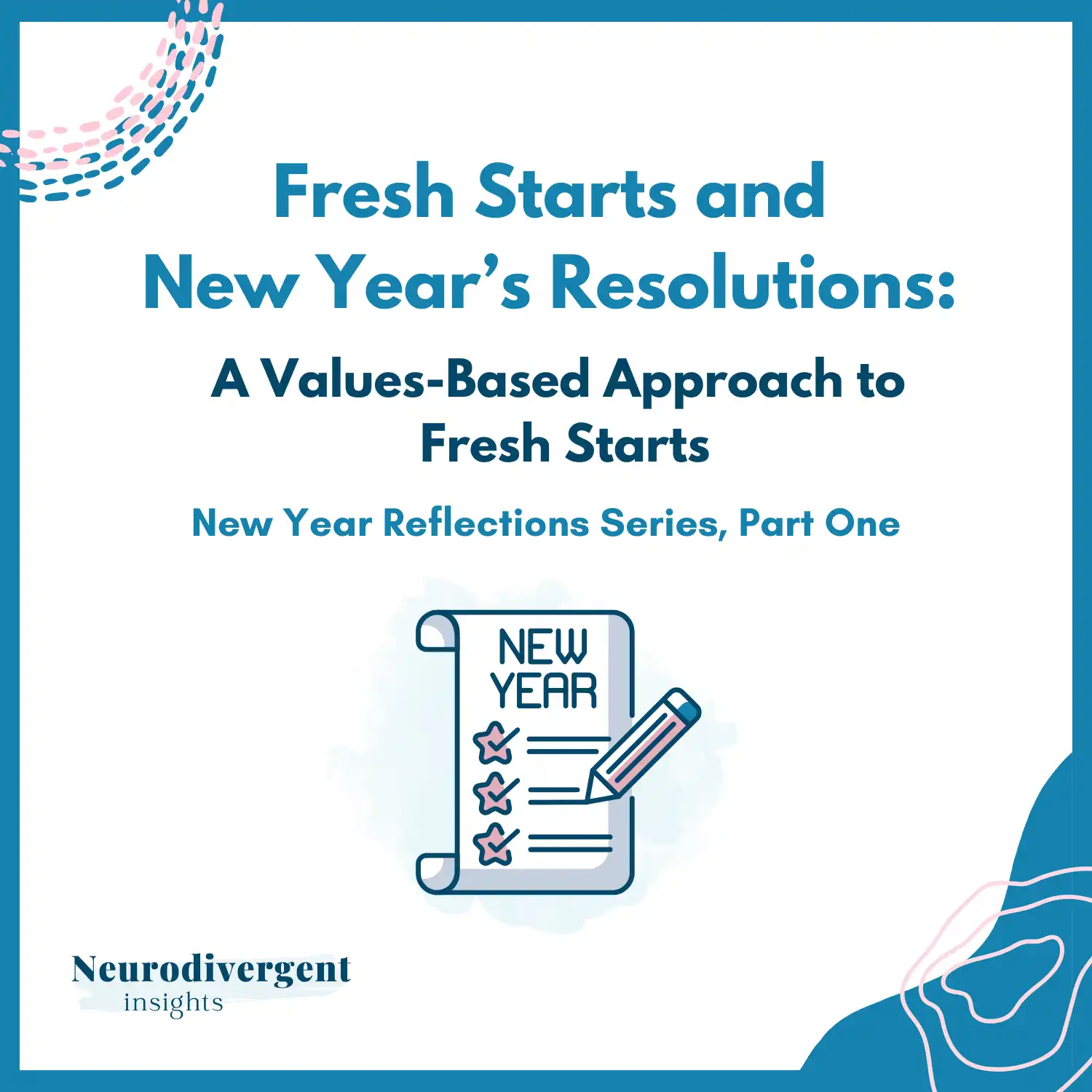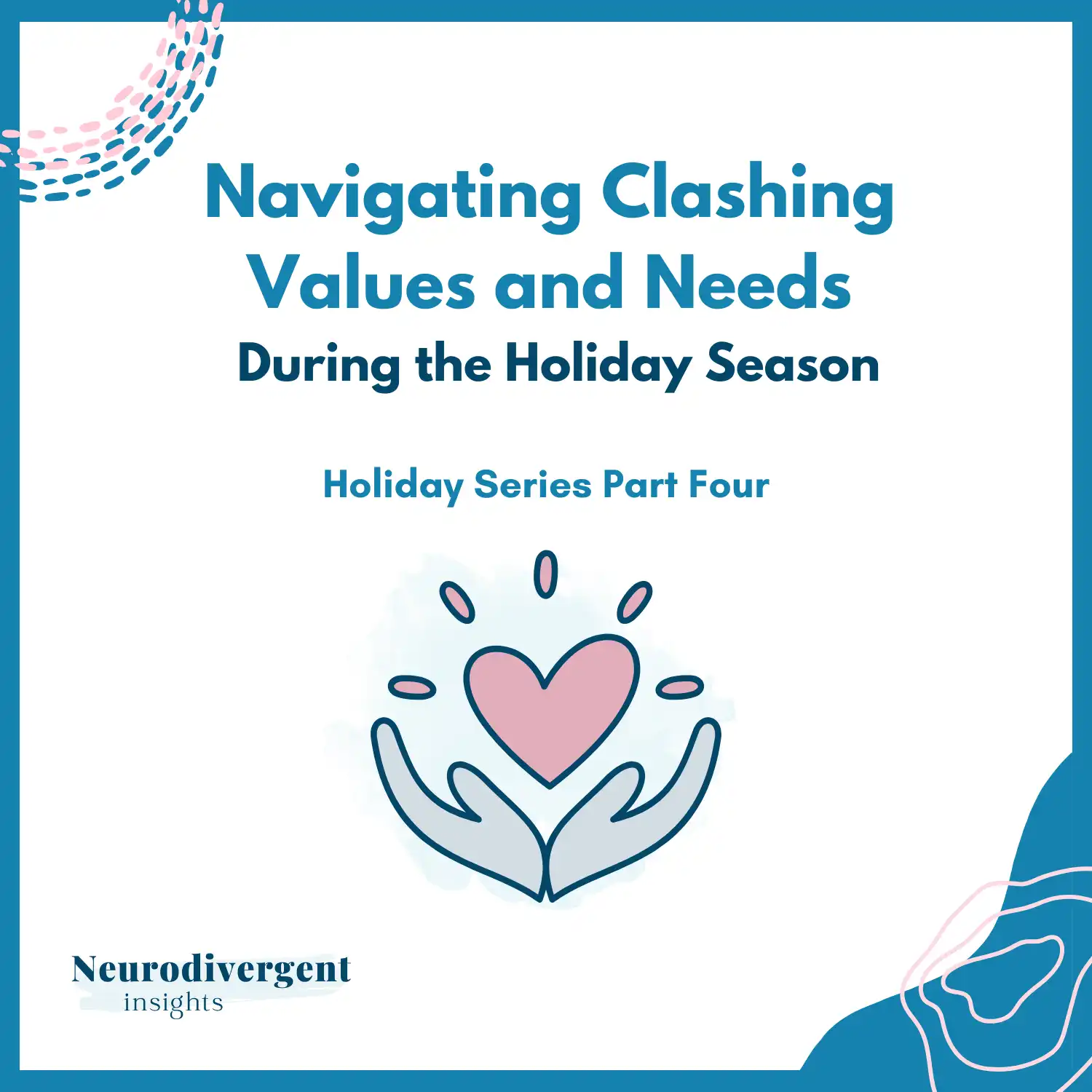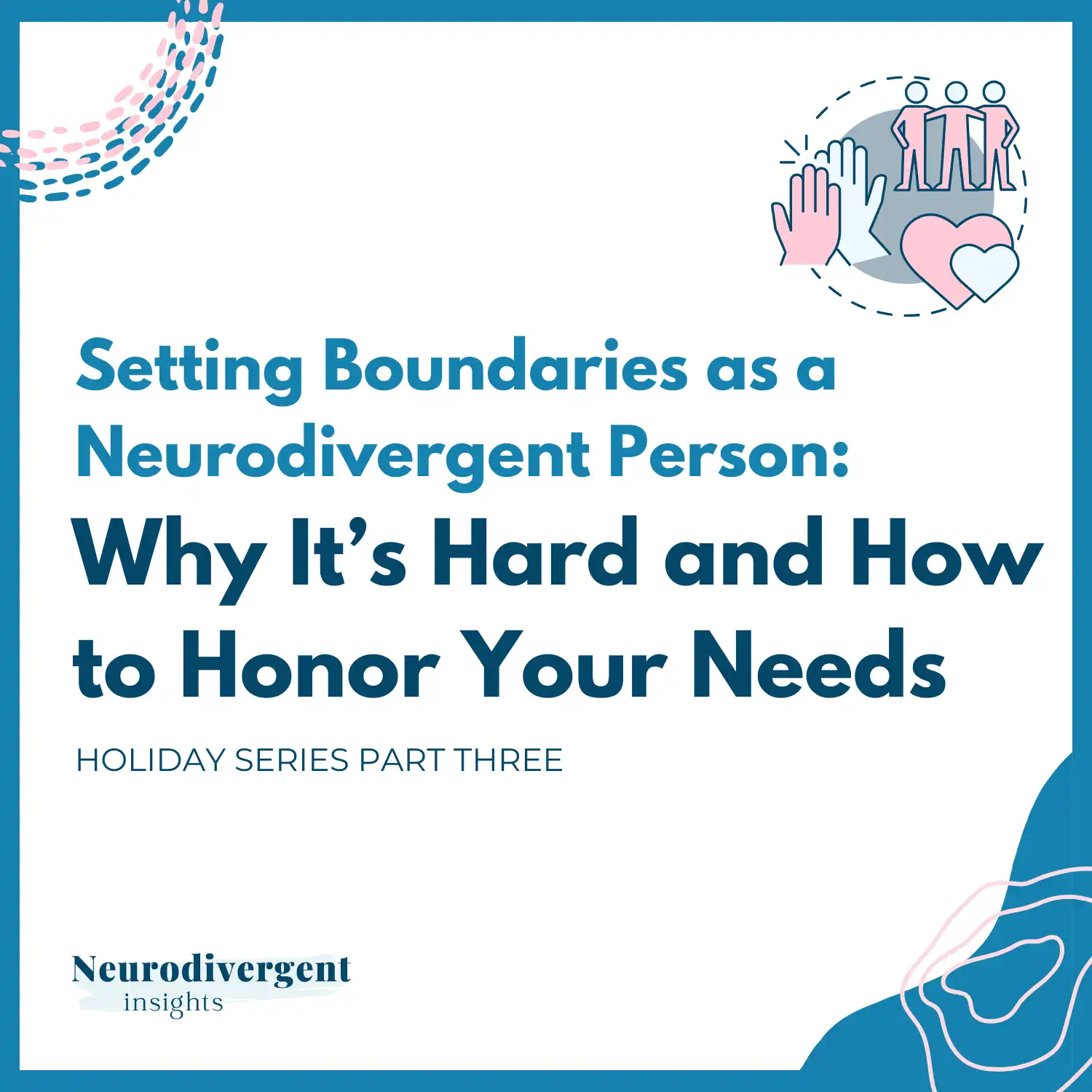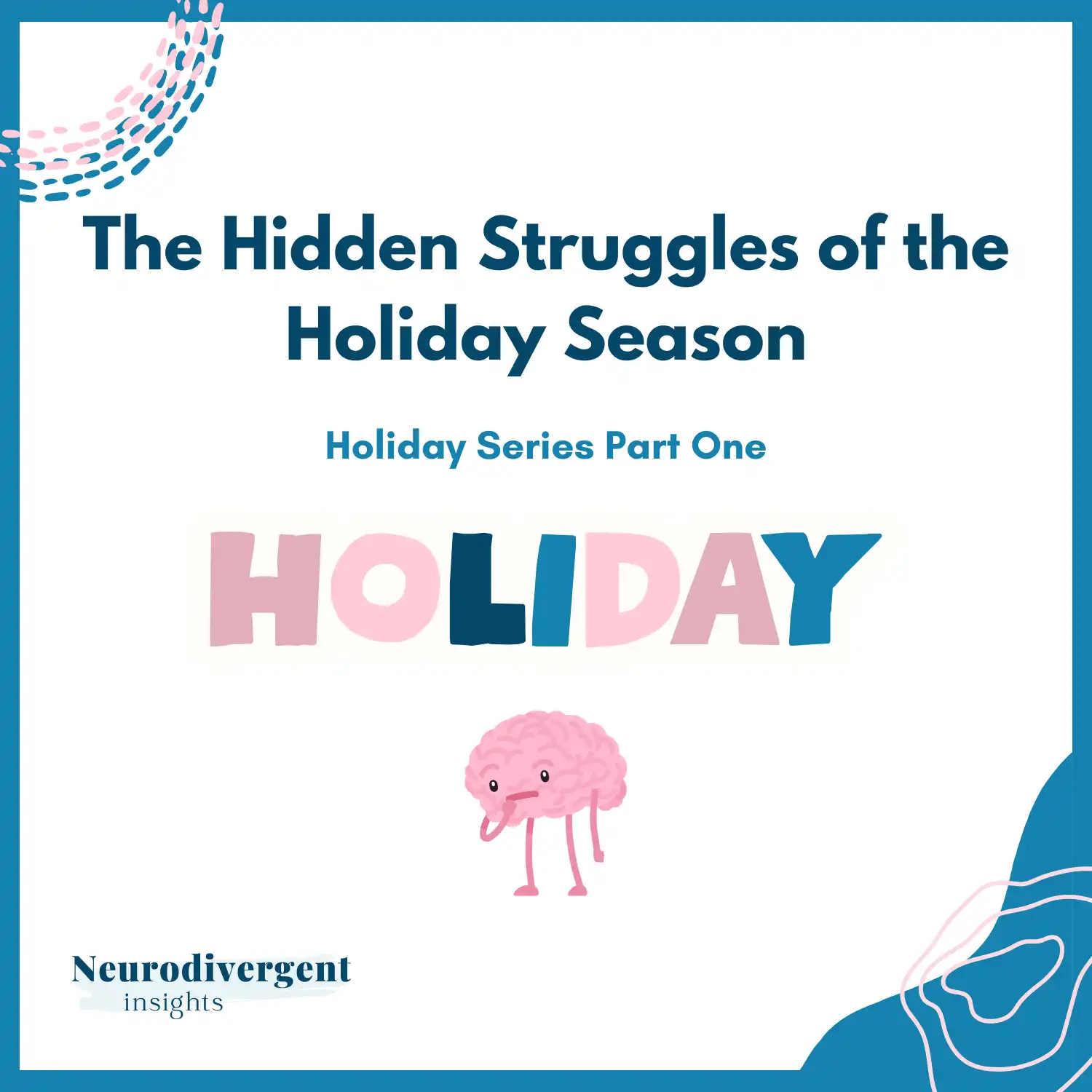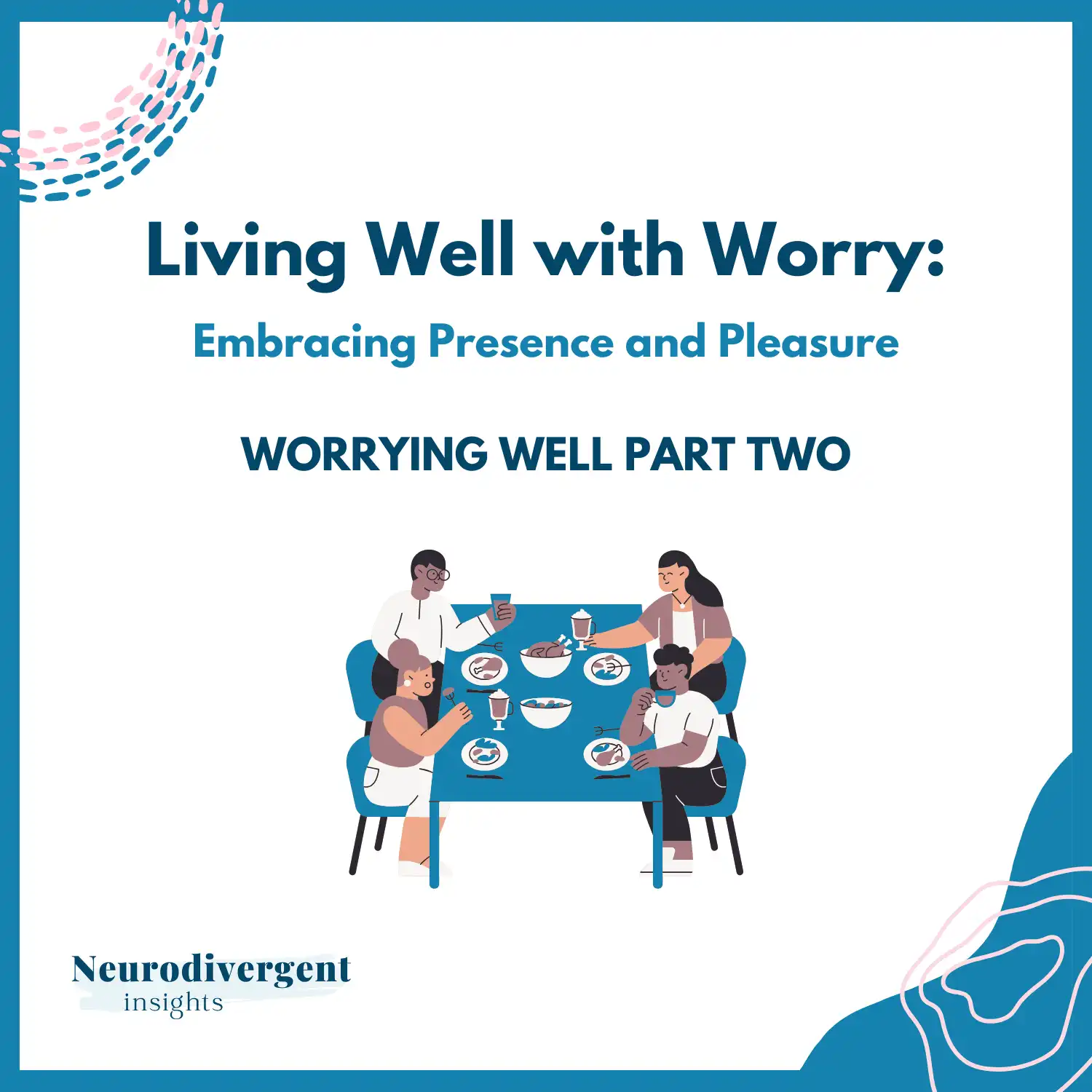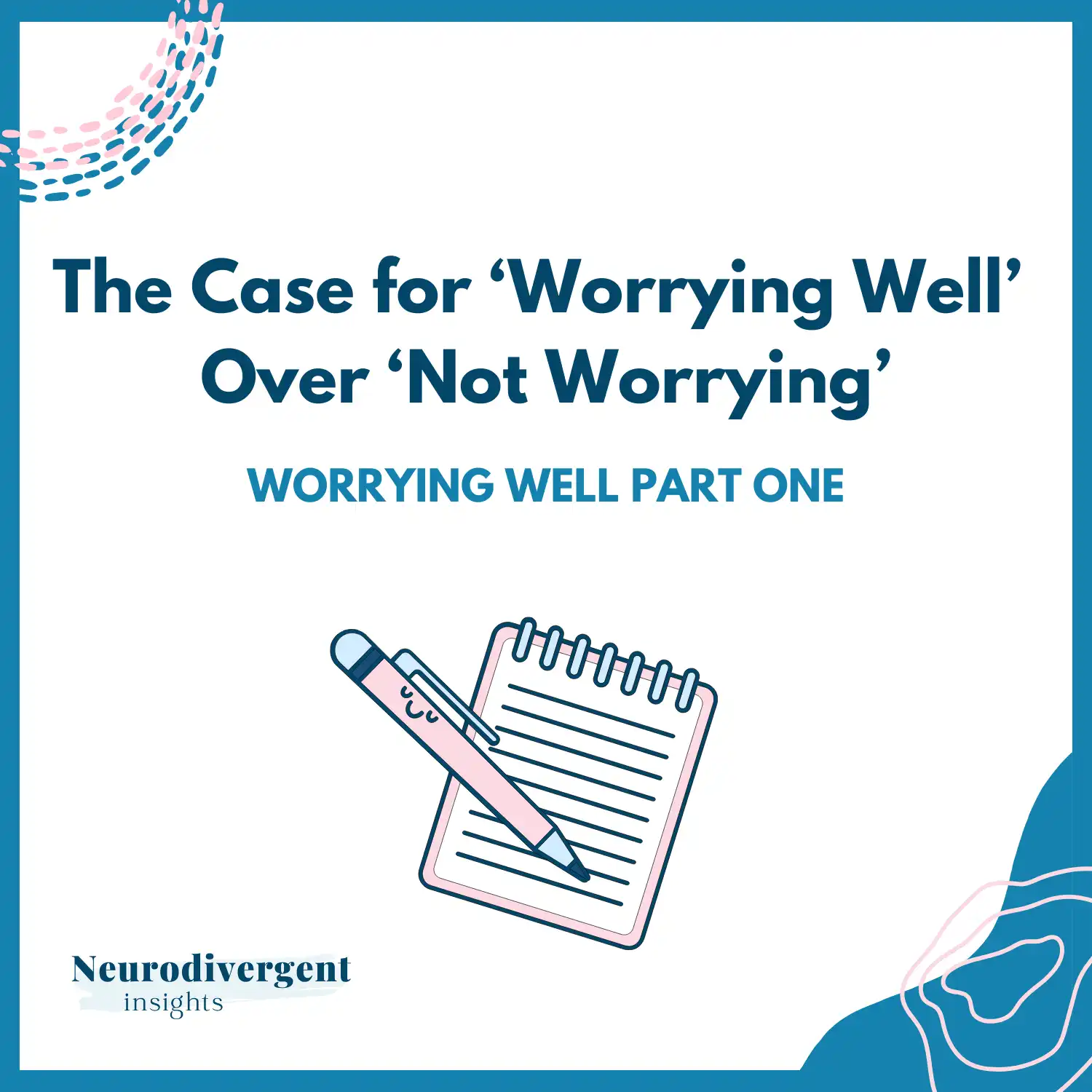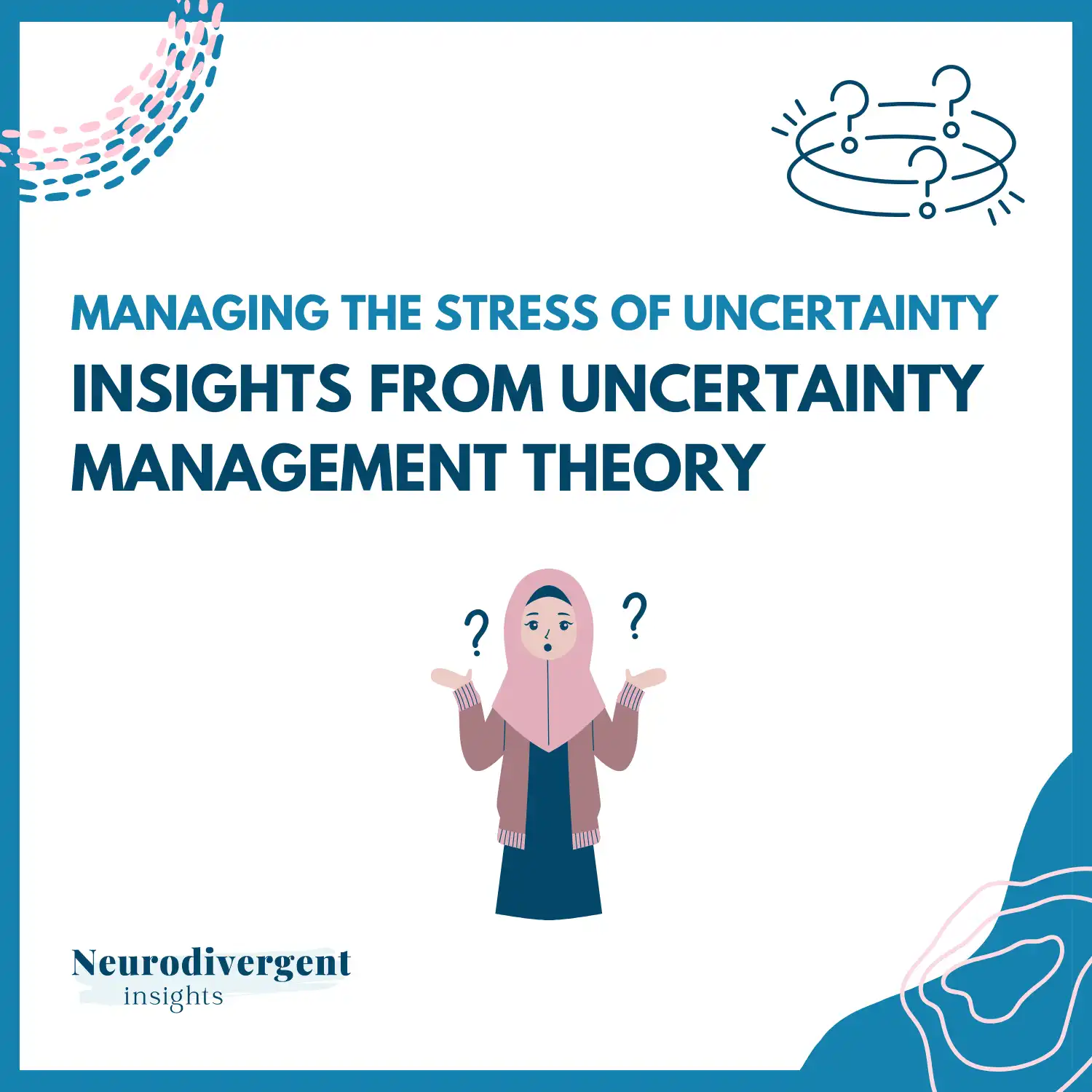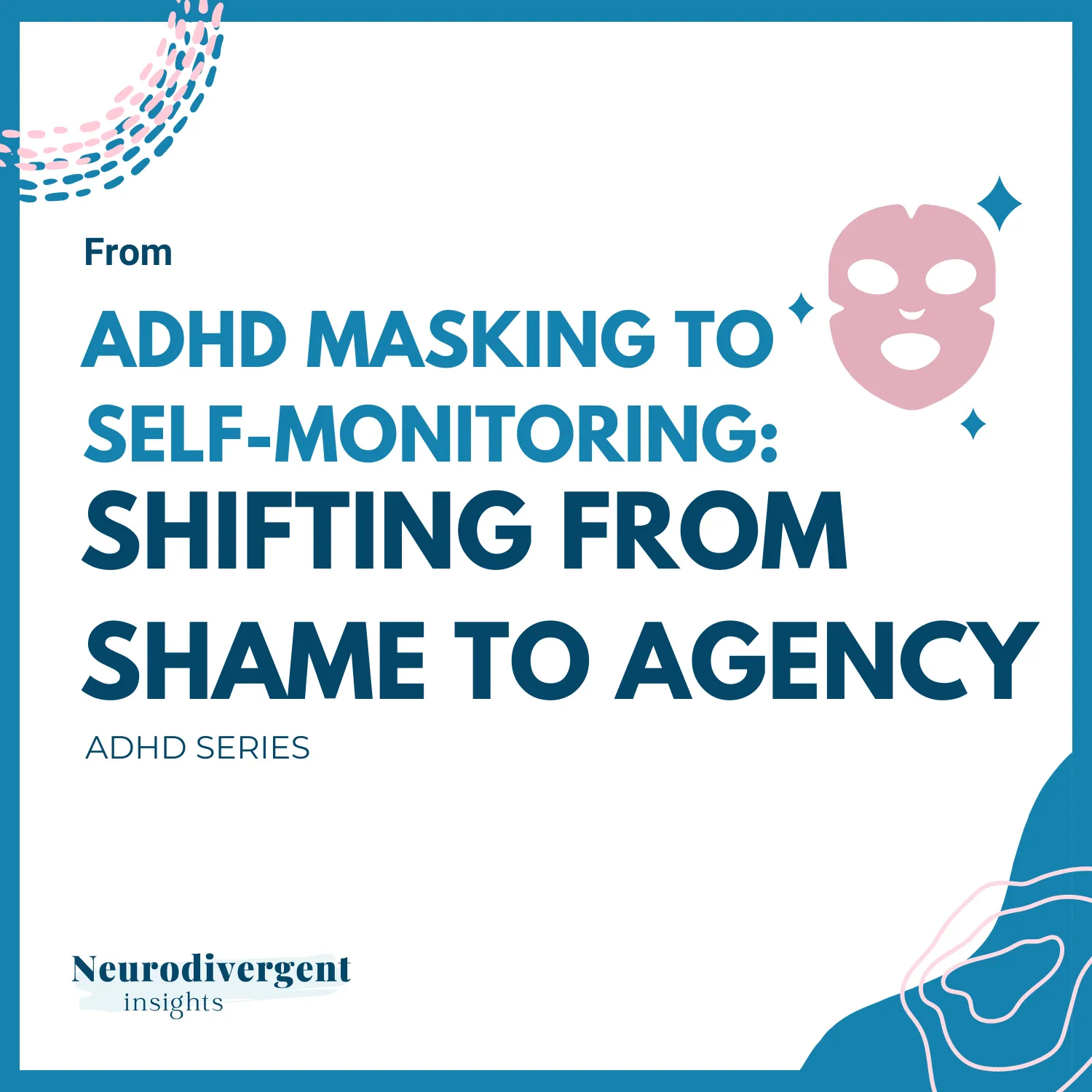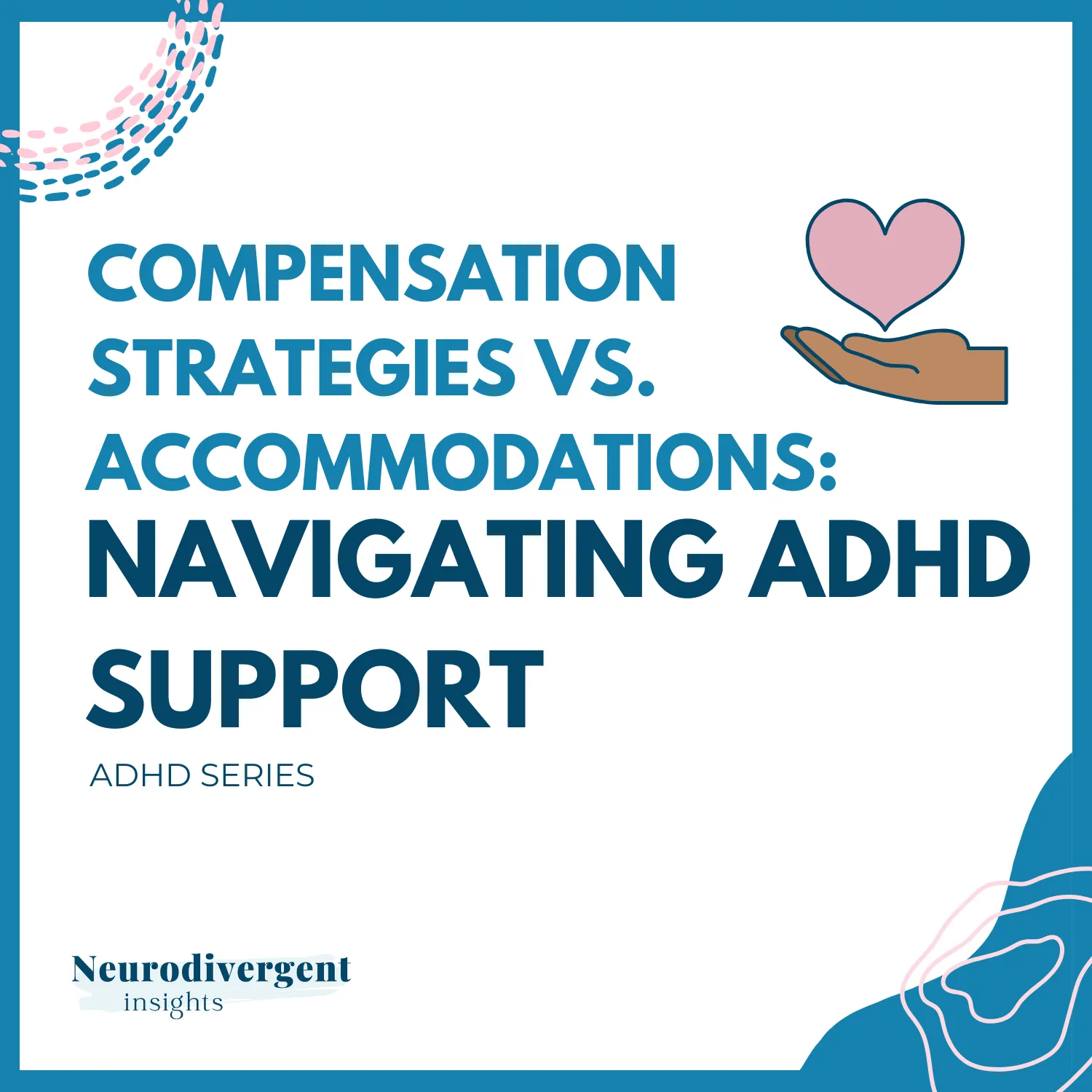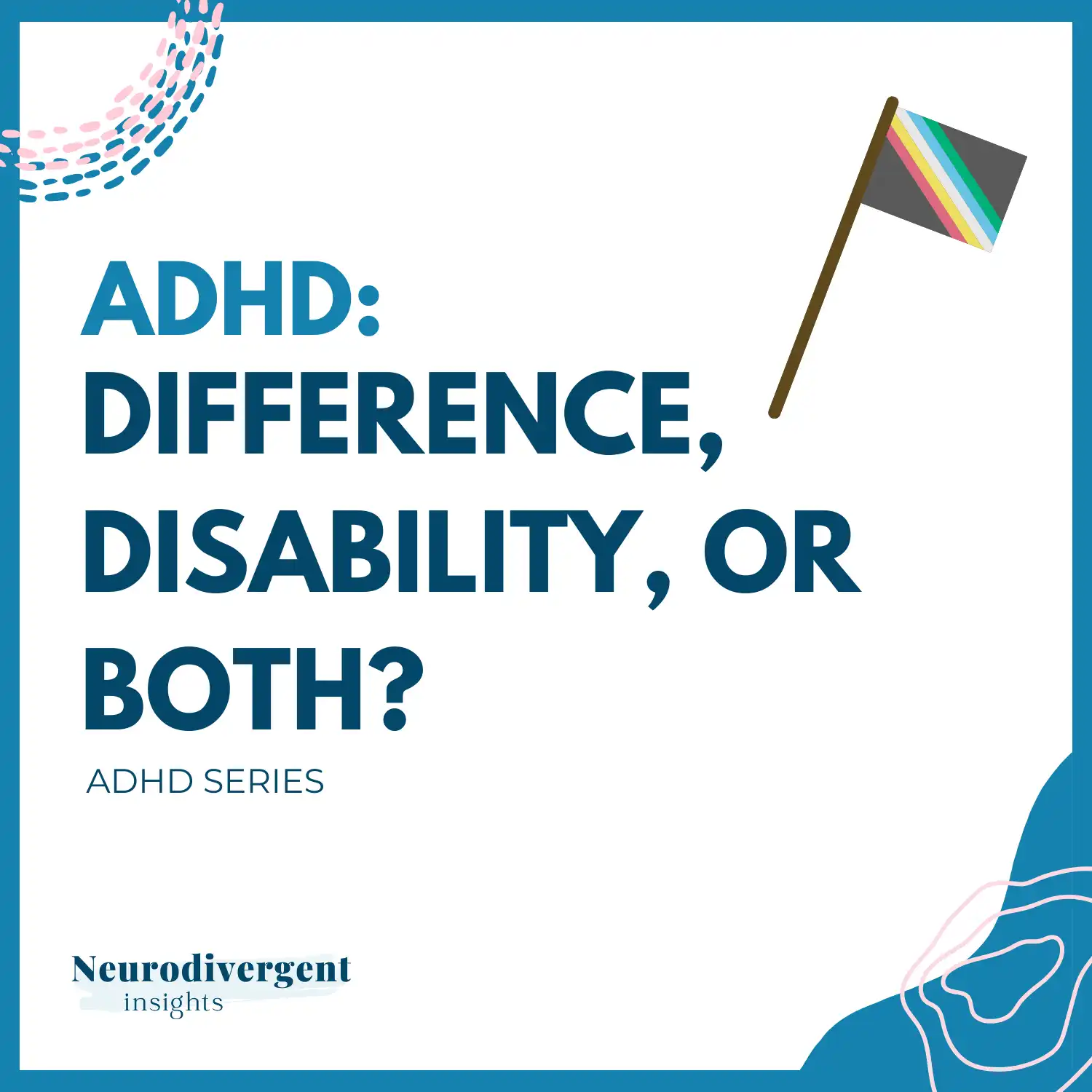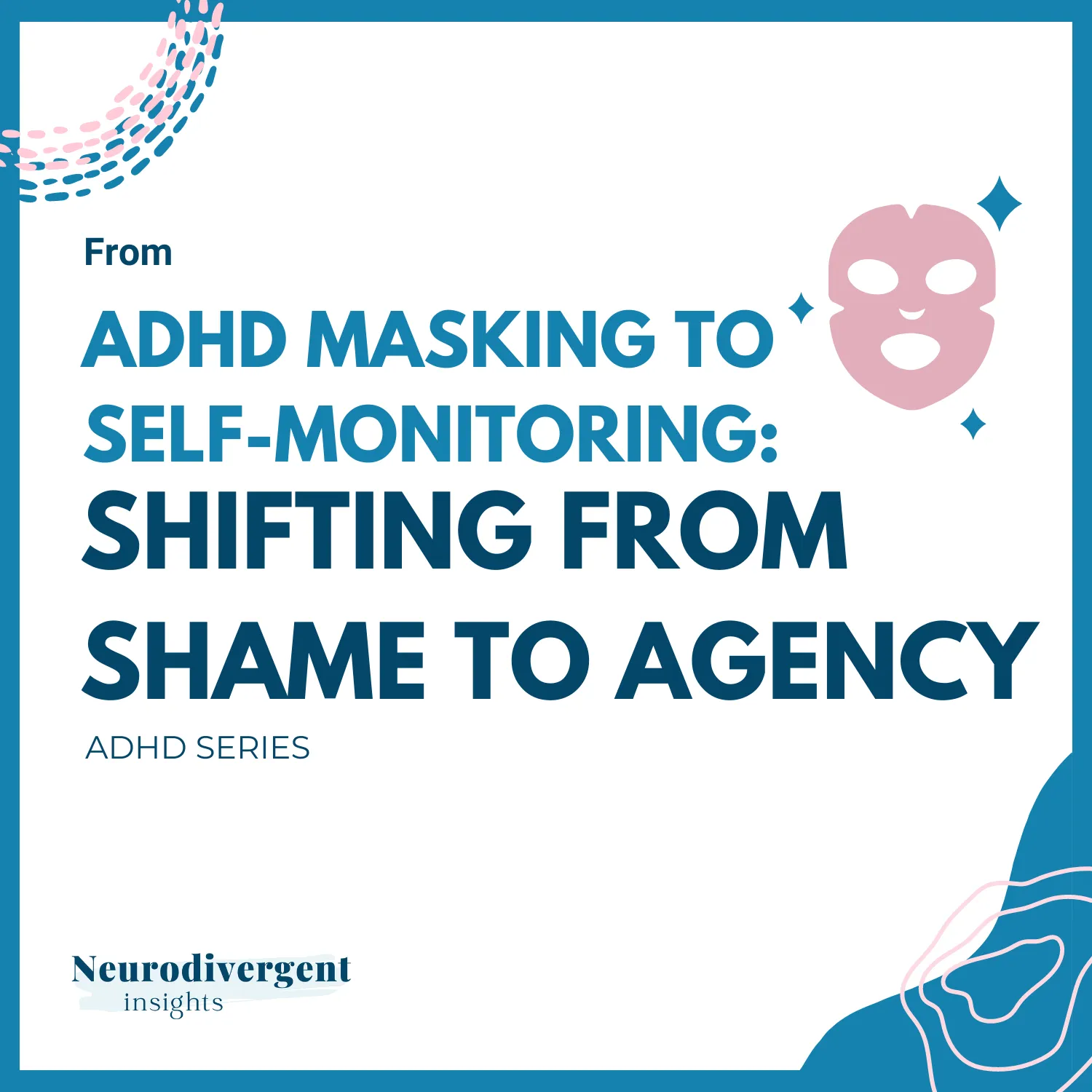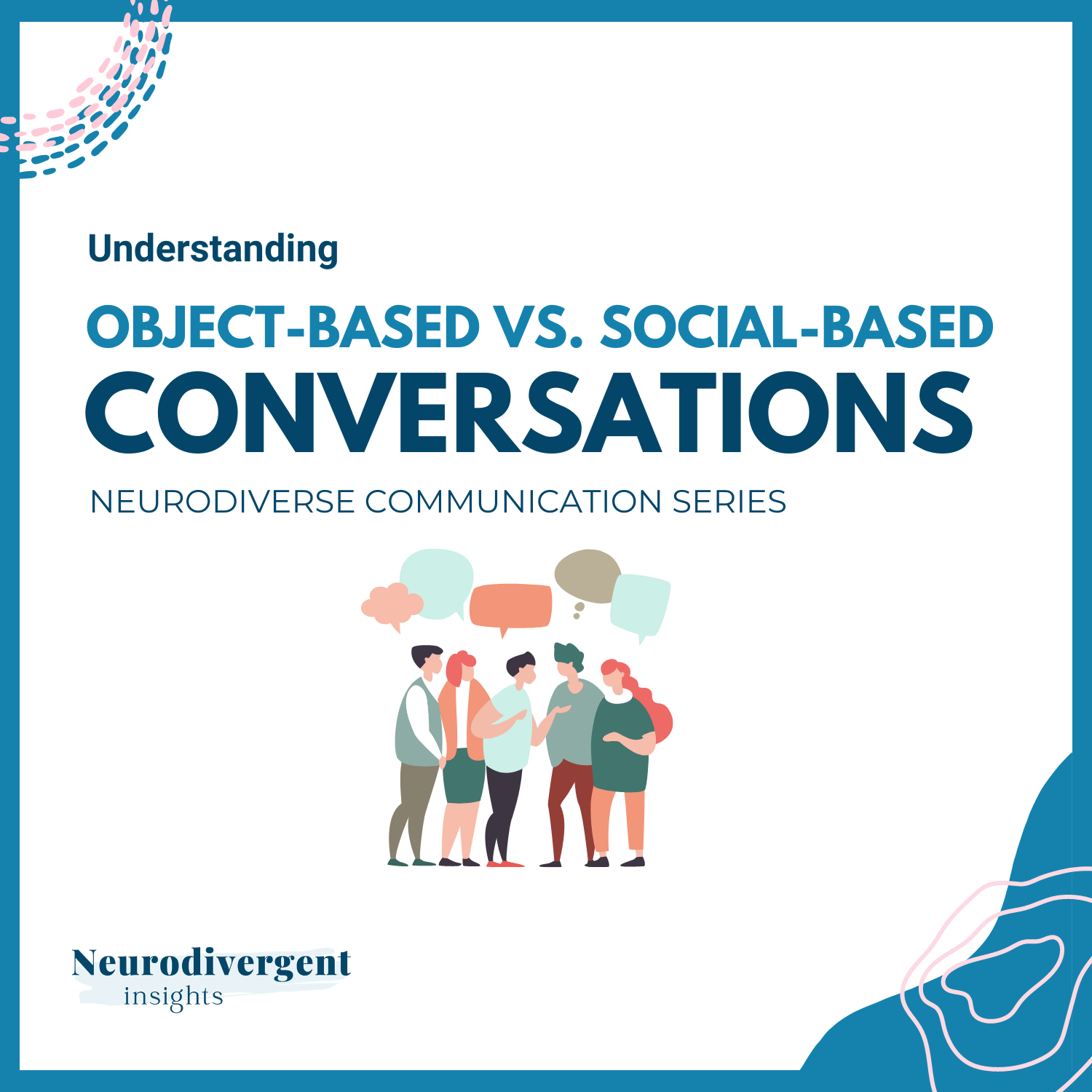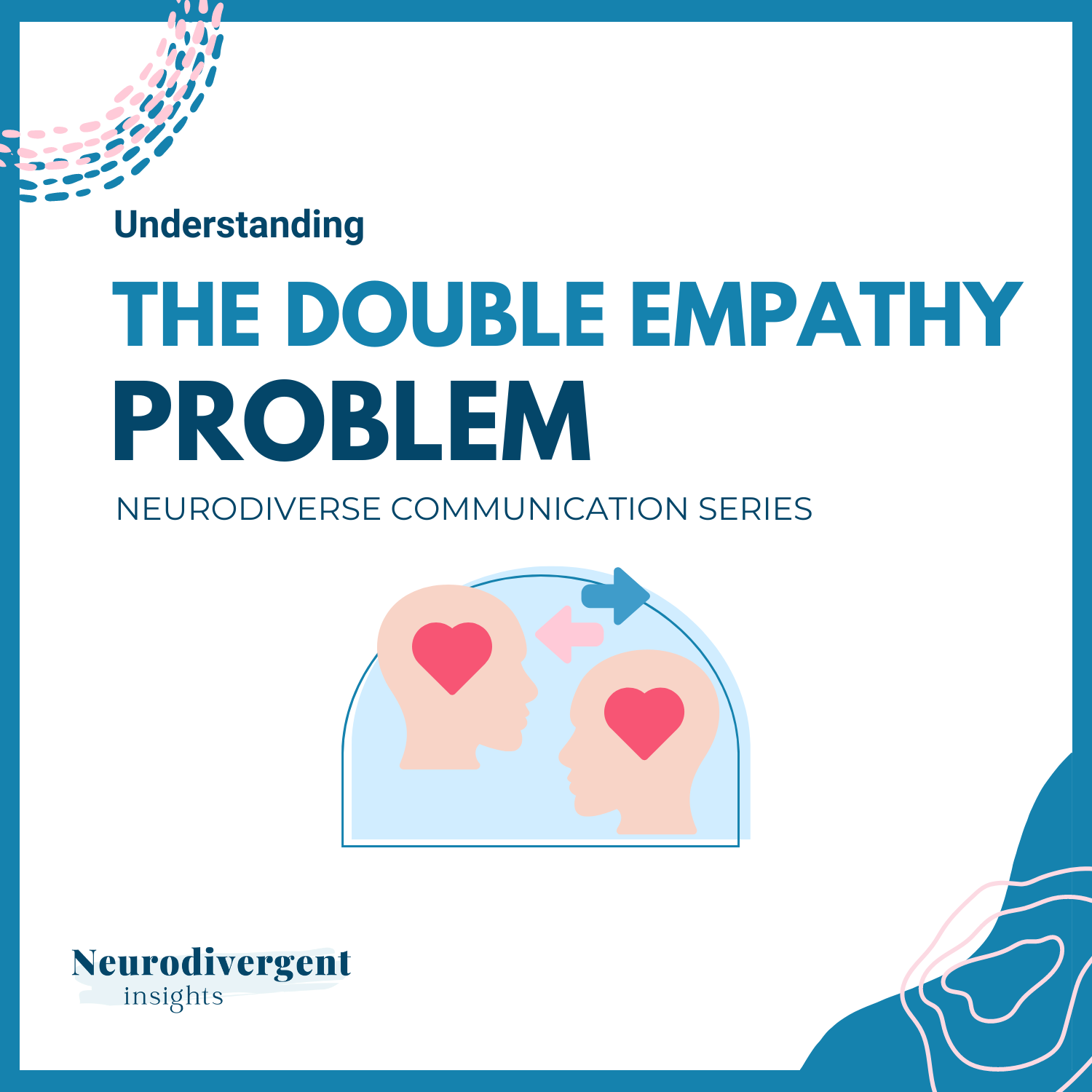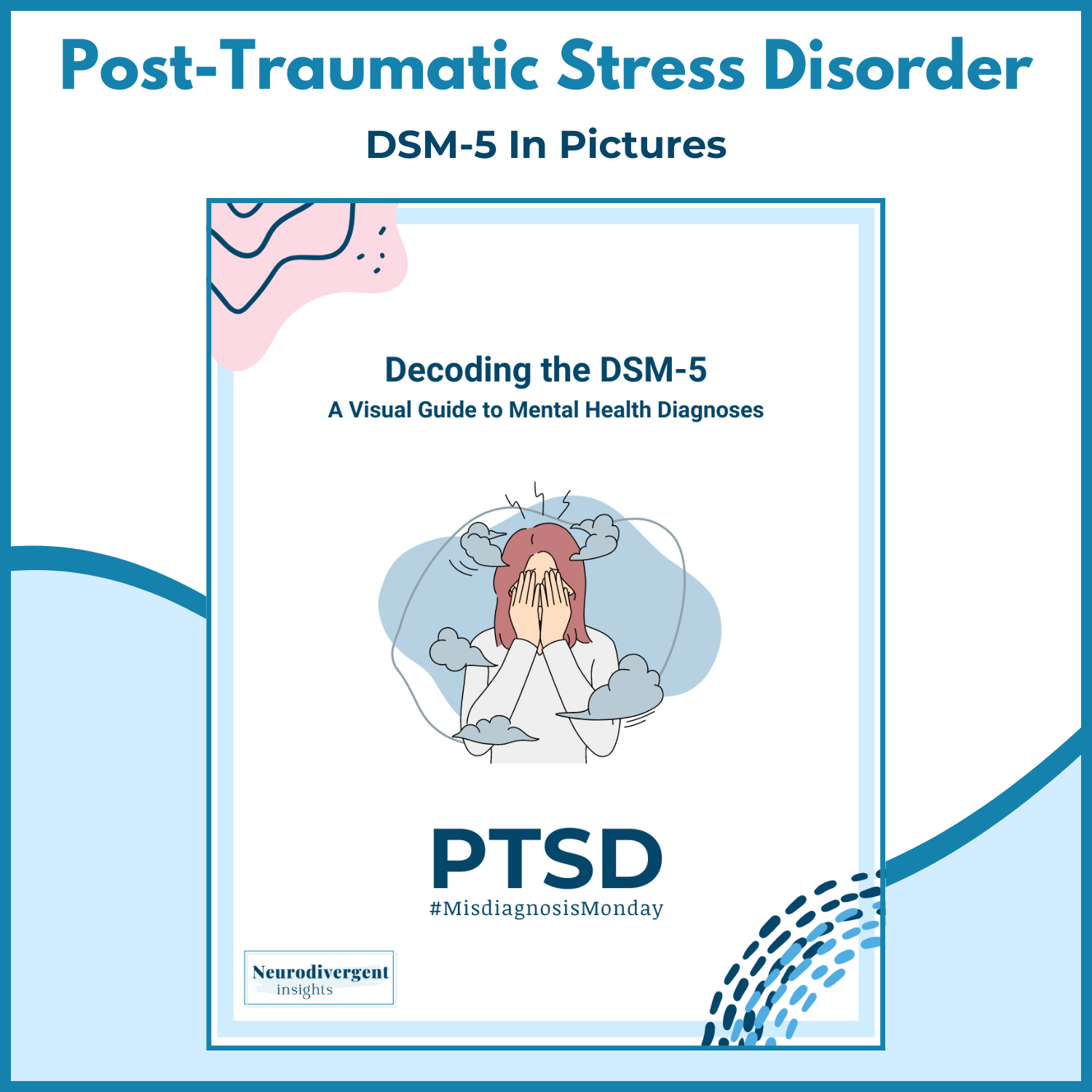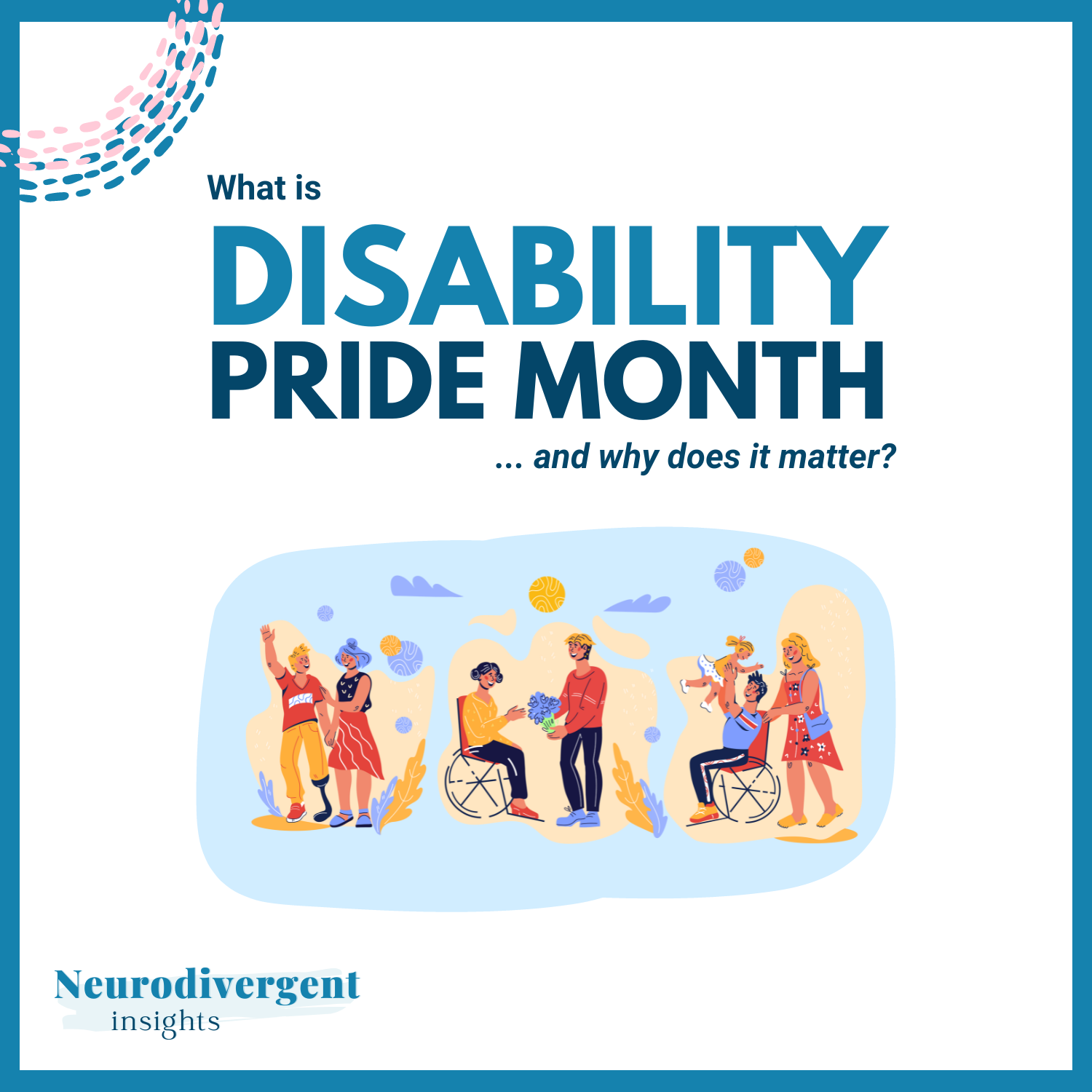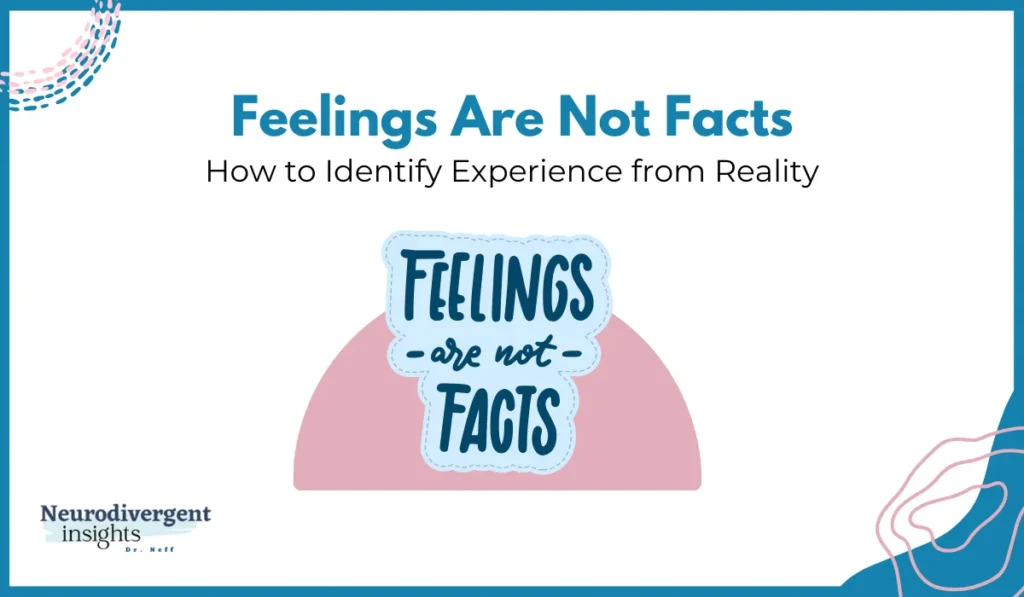
Navigating the intricate landscape of our inner world can be filled with intense emotions, where feelings are plentiful but not always factual. “Feelings are not facts” – this mantra serves as a crucial reminder as we interpret the powerful emotions that both inform and sometimes mislead us through various life scenarios. Emotions act as a barometer, gauging our needs and experiences with remarkable sensitivity. However, it’s essential to remember that while emotions contain truth, they do not always align with the truth. The art of listening to and understanding our feelings is crucial, as is the skill of recognizing when they may be steering us off course.
The consequences of mistaking our emotions for facts are profound. It can ripple through our relationships, skew our decision-making processes, impact our mental health, and much more. In this article, we’re going to dive into the nuanced world of facts versus feelings. We’ll explore their definitions, their distinctions, and strategies to discern one from the other, helping us navigate life without the added weight of unnecessary stress.
Separating Emotions from Facts
There are times in which we may get a feeling that is misguiding us. Consider a situation where you feel instantly disliked by someone at a first meeting. This feeling may seem incredibly real, compelling you to believe that the person genuinely harbors negative feelings towards you. However, this is just an emotion – a subjective interpretation of the event. The fact might be that the person was simply preoccupied or having a bad day, unrelated to their feelings about you.
In instances like these, it’s helpful to remember that, as influential as emotions are, they aren’t facts. Confusing feelings with facts can spiral into unnecessary anxiety, stress, and misunderstandings in our relationships. By discerning the difference between facts and our emotional responses, we can better navigate moments without being swayed by misinterpretations of what we perceive.
Neurodivergent Consideration: The Emotional Feedback Loop in Our Neurodivergent Experience
As neurodivergent individuals, we often face a unique challenge in interpreting emotions due to our past experiences. Many of us have a history of receiving negative feedback in social interactions, which can lead to a tendency to internalize and personalize the negative emotions we perceive around us. For example, when someone near us is exhibiting negative energy, we might quickly assume it’s because of something we’ve done. This assumption is frequently rooted in past experiences where we were, often unintentionally, the cause of someone’s negative reaction or where we received significant amounts of negative feedback for not aligning with neurotypical standards.
However, this perception isn’t always correct. There are times when the negativity sensed from others has nothing to do with us. Yet, because of our experiences, we might believe it does, leading us to respond in ways that reflect this belief. This can create a self-fulfilling cycle: we react to the assumed negativity, which could lead to actual negative responses from others, further reinforcing our initial assumption.
Breaking this cycle is important for us and for those we interact with. Recognizing this pattern is a step toward developing healthier interpretations and responses to emotional cues in social situations.
What Are Emotions?
Emotions are deeply personal and subjective experiences encompassing feelings like happiness, sadness, anger, and fear. They are shaped by our perceptions, beliefs, past experiences, and cultural backgrounds, making each person’s emotional experience unique. Emotions influence our responses to various situations and how we engage in social interactions. They offer valuable insights about ourselves and our surroundings but can also be irrational and easily swayed.
What Are Facts?
Facts stand in contrast to emotions; they are objective and verifiable pieces of information that exist independently of our personal feelings or opinions. Facts are consistent and universal truths that apply to everyone, irrespective of individual perspectives. They are typically grounded in evidence, data, or direct observation and embody rationality and logic. Facts form the bedrock for making informed decisions, solving problems, and objectively understanding the world around us.
What Are The Differences?
Distinguishing between facts and emotions can be challenging, particularly in moments of intense or overwhelming feelings. Our emotions, though fleeting and subject to personal interpretation, can feel so convincing that they seem like concrete truths.
While they do provide valuable information about our needs and facilitate communication with others, they should not be mistaken for objective facts. Emotions are malleable, shaped by our individual experiences and biases, whereas facts are immutable, unaltered by personal views or interpretations.
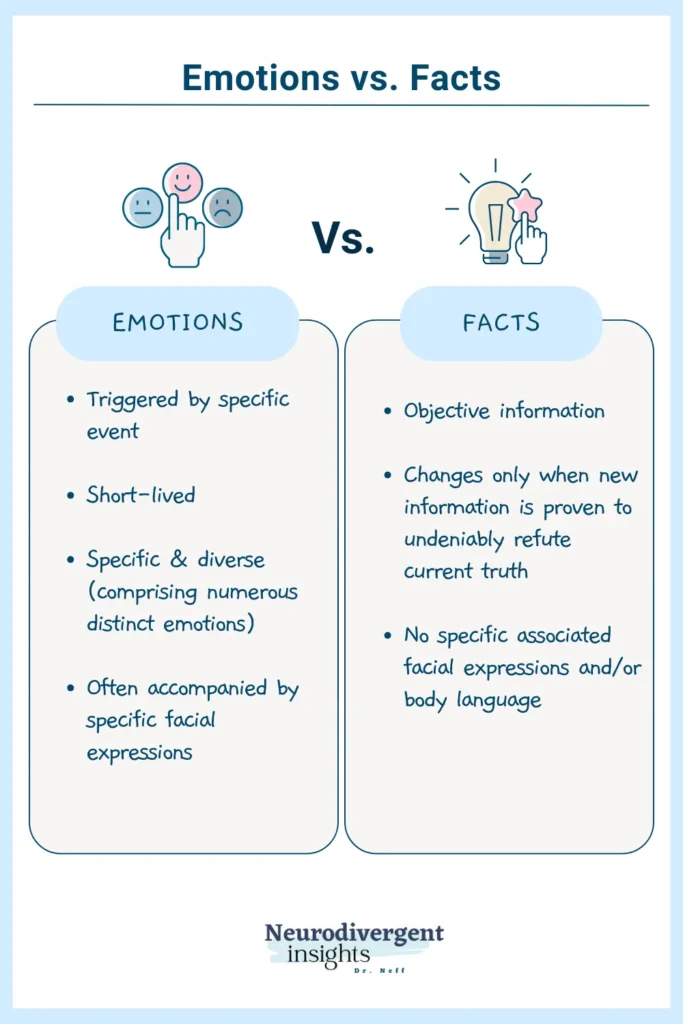
What Role Does Anxiety Play?
Anxiety significantly influences how we perceive and process our emotions. For those with anxiety disorders, the challenge of separating facts from feelings becomes even more critical. As someone who experiences anxiety, I understand the ease with which one can fall into an ‘anxiety loop’—a relentless cycle of negative thoughts and feelings that seem to play on repeat, clouding the mind. Breaking free from this loop is often difficult, as it can solidify into persistent negative emotions.
When dealing with anxiety disorders, our feelings can easily eclipse our reality. Our perception of situations can become skewed, leading us to firmly believe our interpretations are the absolute truth. This belief sets off the anxiety loop.
Take, for instance, a situation at work where a supervisor approaches you with a certain tone. If you interpret this tone as negative, you might jump to the conclusion that they are displeased with you. This thought spirals into assumptions of incompetence or impending job loss, leading your mind to search for faults in yourself—”I’m not good enough” or “I am worthless.” These thoughts, though not based on factual events, begin to feel undeniably true and take a significant toll.
Logically, such a drastic conclusion from a simple interaction is unlikely. However, for someone with anxiety, it’s a common reaction. A single scenario can trigger intense feelings and emotional responses that resonate so strongly they become our perceived reality. This “reality” becomes a lens we see the world from. It occupies our thoughts, reinforcing negative self-beliefs.
Moreover, our body, particularly our nervous system, reacts to these thought loops as if they are actually occurring! We find ourselves in a state of fight-or-flight, responding physically to a situation that exists primarily in our minds. This physiological response can intensify the emotional experience, making it even more challenging to distinguish between perceived and actual threats.
For individuals with anxiety, learning to differentiate our emotions from the actual reality is essential. When caught in a negative thought spiral, it’s important to pause and step back and evaluate the situation: what are the evidence-based facts? By scrutinizing these facts, we can begin to discern between what is an objective reality and what is a narrative we’ve constructed in our minds.
Neurodivergent Insight: Navigating the Balance Between Validation and Discernment
For neurodivergent individuals, finding the right equilibrium in our emotional responses is a nuanced task. Our swift, anxiety-driven assumptions often stem from very real experiences. These can include countless instances of negative feedback during childhood, self-criticism, and the alienation felt from not seamlessly fitting in with peers. Recognizing and validating the origins of these immediate emotional reactions is crucial – they frequently arise from a history of experiencing marginalization.
However, the challenge lies in acknowledging these feelings without accepting every thought as an absolute truth or “buying the thought.” “Buying our thoughts” means adopting them as irrefutable facts, which can lead to skewed perceptions. Learning to strike this balance – honoring our emotional experiences while critically evaluating our thoughts – is a skill that requires practice and patience. It’s about respecting our emotional history and learning from it, yet also developing the discernment to question and analyze our automatic assumptions.
Impacts of These Over-Couplings
Blurring the lines between our emotions and reality can have profound consequences. When we start treating our feelings as facts, it can significantly impact various aspects of our lives. By mistaking our emotions for facts, we may find ourselves making decisions based on irrational or biased thinking. This often leads to choices that are not in our best interest, potentially resulting in negative outcomes.
Furthermore, interpreting our emotional reactions as concrete facts can cause misunderstandings and conflicts in our relationships. Emotions are inherently subjective, and treating them as indisputable truths makes it difficult to see from another’s perspective. This mindset can obstruct effective communication, leading to defensive or confrontational interactions instead of open and constructive dialogues. In such a scenario, we might focus more on addressing perceived emotional threats rather than objectively analyzing and resolving the actual issue.
This failure to distinguish between feelings and facts can also impair our self-awareness. We might struggle to identify the true origins of our emotions and fail to address underlying issues adequately. Emotions can lead to cognitive biases, such as confirmation bias and emotional reasoning. Accepting our emotions as facts can result in the development of skewed belief systems that reinforce our existing biases.
Additionally, equating emotions with facts can heighten our susceptibility to emotional turmoil. Emotional resilience involves recognizing, understanding, and managing our emotions, a process hindered when we view emotions as objective truths. This prolonged misinterpretation can contribute to mental health issues like depression and anxiety, as persistent negative emotions, believed to be facts, can engender feelings of hopelessness and helplessness.
The impact of conflating feelings with facts is far-reaching, affecting our decision-making, relationships, mental health, and overall well-being. Cultivating emotional intelligence and the skill to differentiate between emotions and objective facts is crucial for making well-informed decisions and nurturing healthy, fulfilling relationships.
How to Start Separating Emotions from Facts
Navigating through overwhelming emotions requires a delicate balance. When something feels off, it’s important not to dismiss these feelings but rather to confront them. Ignoring or suppressing emotions seldom leads to resolution, as they tend to persist. Sometimes, understanding and resolving emotional turmoil involves deeply exploring these feelings and considering how your thoughts or actions might be contributing factors.
Separating emotions from facts, while challenging, is essential for making value-consistent decisions and gaining a clearer view of any situation. Here are some strategies to help you make this distinction:
Pause and Reflect: Step back from the situation and give yourself space to reflect. Assess your experiences, thoughts, and the emotions that arise. This pause can offer valuable perspective.
Identify Emotions: Name and acknowledge your feelings. Are you angry, sad, anxious, or excited? Being specific in labeling your emotions can bring clarity and help separate them from your thoughts.
Distinguish Thoughts from Feelings: Recognize that your thoughts may be colored by emotions, which can lead to cognitive biases. Try to differentiate what you are feeling from what you are thinking.
Contextualize Your Thoughts: Consider what past experiences may have increased your vulnerability to these assumptions. Understanding the historical context of your reactions can be a compassionate way to recognize why your mind might jump to worst-case scenarios

Identify Cognitive Distortions: Be aware of common cognitive distortions, such as ‘catastrophizing’ or all-or-nothing thinking,’ that can warp your perception of reality. Recognizing these patterns can help you challenge and reframe them.
Examine the Evidence: Seek concrete, objective evidence supporting your thoughts and feelings. If there’s a lack of factual backing, it might indicate that emotions are shaping your perception.
Get Curious and Consider Alternative Explanations: Embrace curiosity and explore other possible interpretations of the situation. This can broaden your perspective and reduce emotional bias.
Seek External Input: Discuss the situation with a trusted, impartial individual. An external viewpoint can be invaluable in discerning whether emotions are influencing your judgment.
Keep in mind, emotions are a natural and integral part of our human experience, providing important insights into our needs and desires. However, mastering the art of distinguishing emotions from facts is a valuable skill. It paves the way for better decision-making and fosters a deeper understanding of ourselves, our relationships, and the world around us.
Neurodivergent Adaptation
It’s important to note that some principles discussed here, particularly those drawing from cognitive behavioral therapy, might resonate differently with neurodivergent individuals, especially those who are Autistic. There’s a nuanced distinction between disregarding one’s own experiences and carefully examining thoughts through a “reality filter.”
Autistic individuals may perceive some aspects of cognitive behavioral therapy as a form of “self-gaslighting,“ due to the delicate balance required in validating personal experiences while scrutinizing thought patterns. Furthermore, it’s crucial to acknowledge that sometimes the distressing thoughts (like feeling rejected) are indeed rooted in reality. Therefore, applying these principles necessitates practice and a gentle approach. Imagine it as sifting through sand to find pebbles: the process involves gently shaking out the sand to reveal the pebbles, symbolizing the separation of distorted thoughts from factual elements.
Summary: Feelings Are Not Facts
In our exploration, we’ve delved into the nature of emotions, the definition of facts, and how easily the two can be mistaken for one another. It’s clear now that failing to differentiate between our feelings and facts can lead to various challenges and setbacks.
The key insight is this: our emotions, while powerful and deeply personal, are subject to our individual interpretations. They can be so intense that they feel undeniably real, leading us to believe they represent the absolute truth. However, it’s important to remember that these emotions, regardless of their intensity, are not facts. For neurodivergent people learning to validate our experience while also not falling into the feeling as facts trap is a delicate balance!
Recognizing and understanding this distinction between feelings and facts is pivotal in fostering emotional intelligence. It aids in developing emotional awareness, resilience, and overall well-being, enhancing our ability to navigate the complex landscape of our inner lives.
Even More Resources on Emotion
For those interested in a more in-depth exploration of emotions, the following resources are highly recommended:
Neurodivergent Insights Workbook Series on Emotions: This digital workbook collection offers a detailed guide to understanding emotions, complemented by over 55 skills for emotional management, tailored for neurodivergent individuals.
The Science Of Emotions (Huberman Lab Podcast): This video podcast, ideal for visual and auditory learners, presents a scientific analysis of emotion theories by a neuroscientist. It’s a comprehensive deep dive into the science behind emotions.
How Emotions Are Made: The Secret Life of the Brain by Lisa Feldman Barrett: This book by a renowned neuroscientist offers an in-depth yet accessible perspective on emotions. Challenging traditional theories, Barrett provides a cutting-edge exploration of the nature of emotions, making it an ideal read for those seeking a science-backed understanding.
Divergent Conversations-Autistic Emotions Episode (Podcast): Co-hosted by Patrick and myself, both mental health professionals and individuals with AuDHD (Autism-ADHD), this podcast offers insights into emotions from a lived experience perspective. It’s a less scientific but equally valuable resource for understanding emotions in the context of neurodiversity.
These resources provide a range of perspectives, from scientific to experiential, catering to different learning preferences and interests in the realm of emotional understanding.


